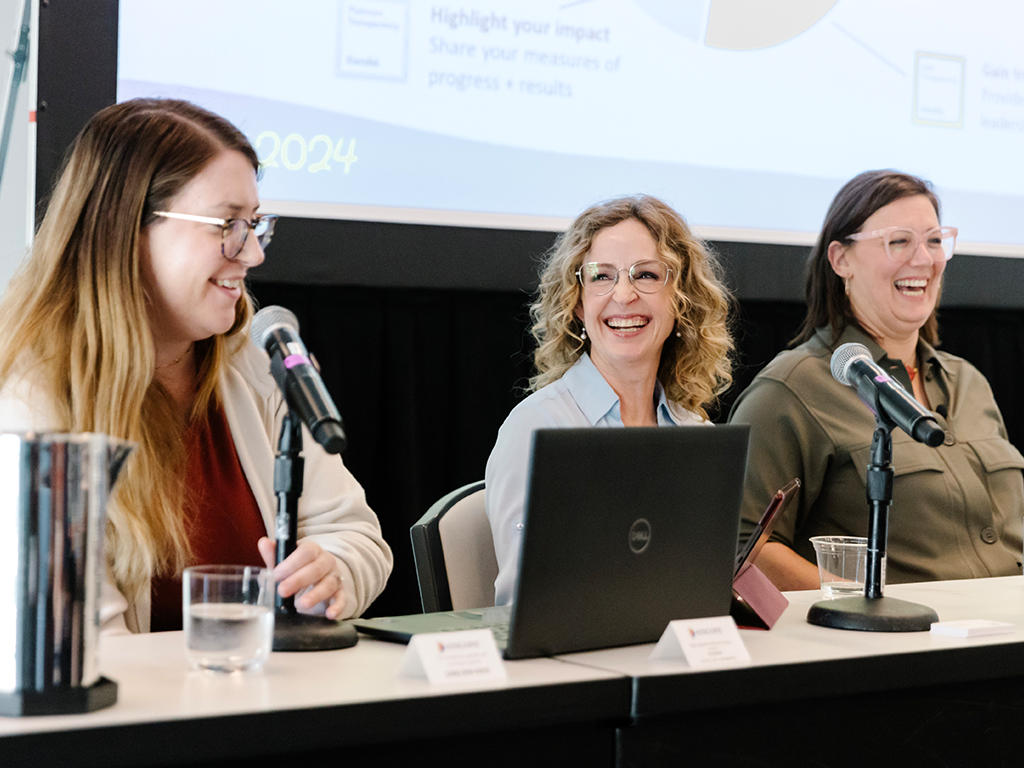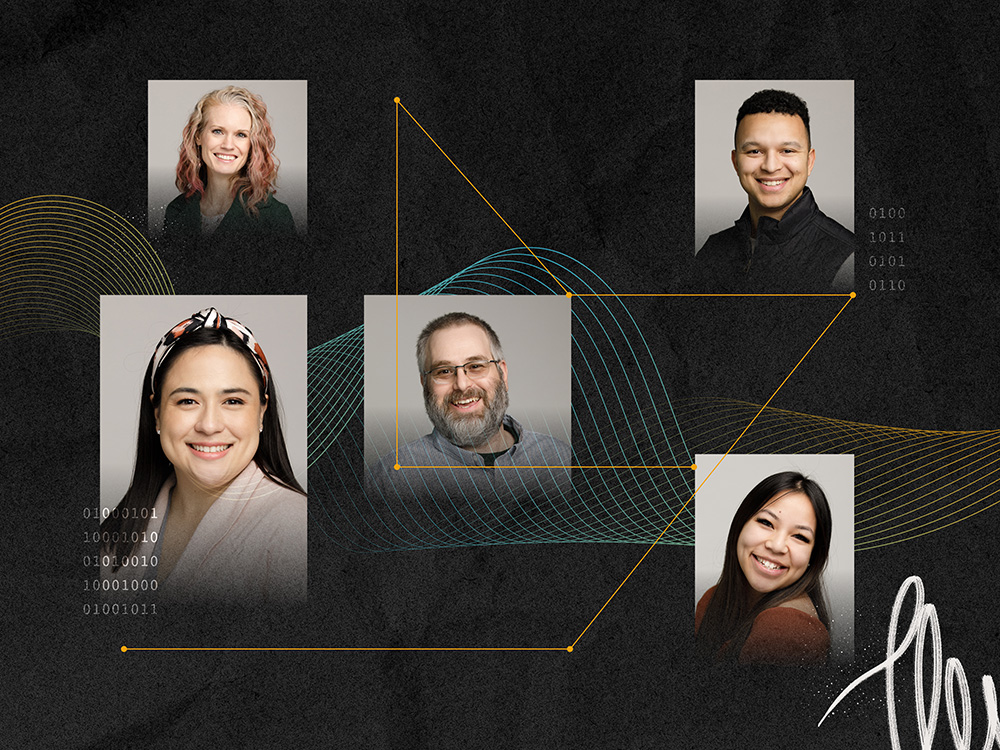Dreaming Big: How philanthropy could harness data automation to drive equity

Institutional philanthropy tends to operate with opacity and autonomy as it relates to the application and reporting process. As the saying goes, if you know one foundation, you know one foundation. For the 1.48 million registered 501(c)(3) charitable organizations in the US social sector, almost 1.3 million have a budget of less than $500,000 with almost 79 percent having budgets less than $50,000. While many of these nonprofits are meeting immediate and vital needs in their communities, the vast majority self-report not receiving philanthropic funding, effectively operating under the blanket of anonymity to funders. The question remains: Why?
While there are a myriad of reasons, one glaring issue is that many of those smaller organizations, despite their good work, can not provide services to their community while also successfully navigating the funding application game often due to a lack of staffing resources. It takes huge amounts of time to track down prospects and manage the application gauntlet and subsequent reporting requirements. There are, however, potential solutions, which include harnessing technology and data automation to both streamline and shift how nonprofits both interact with and experience institutional philanthropy.
But this isn’t a conversation simply about efficiency. This is squarely about equity. By focusing on grants management systems (GMS) as complex technologies developed to help us streamline and better manage the grants administration process, the sector could go a long way in building efficiency and equity with technology by making a major shift.

In 2023, most of the information funders sought and needed to determine a nonprofit’s eligibility and viability as a grantee is available online. These organizations have profiles on Candid, have likely completed dozens of past applications, are rated on Charity Navigator, and may have their impact metrics on the Impact Genome Project. If the information is already available, why do funders keep asking nonprofits to provide the same information time and time again? How could funders leverage existing data sources to streamline this whole process?
If grants management systems built deeper integrations with existing data repositories, philanthropy could go a long way in reducing burdens on nonprofit partners while also helping to support the gathering of a more standardized set of information about the field as a whole. There are many emerging examples of this coming online every day. Whether it’s Giving Data leveraging Candid’s free Demographics API, or ImagineCRM’s Candid connector in Salesforce pulling Charity Check information with links to specific audited financials and 990s, the examples of this type of technological solution are growing.
However, too often these integrations are special add-ons or custom solutions GMS vendors develop when requested by a foundation. Where philanthropy would gain momentum in building equity into this technology is if it was standard to use these integrations. It would mean that a small nonprofit would only have to manage their profiles and information on a few repositories and that information would then automatically feed into all their institutional fundraising efforts.

Perhaps a bigger win is that if that same small nonprofit was curating their online presence in these more centralized repositories, they would inherently become more visible to a wider audience, increasing their chances of attracting funding from new and unexpected sources. For example, all the fundraising campaigns you see on Facebook are leveraging Candid’s data. Candid is delivering nonprofit data files to Facebook to allow hundreds of thousands of nonprofits to fundraise. Similarly, donor-advised funds in community foundations and financial institutions often pull from central repositories to help guide their donors to worthy recipients of the causes they care about.
So many of philanthropy’s technological evolutions of the last 20 years have focused on building efficiencies for the foundations and often at the expense of the nonprofit. Yet the promise remains, that philanthropy could work so much better if the end point was technology in service of equity. That would mean recalibrating between the needs one foundation for the needs of the field a whole. Our sector needs to evolve to meet the demands of our time, and data is a critical component in mapping the activity of over 1.8 million organizations. Philanthropy needs to invest in the communal view at the expense of foundations’ desire for bespoke information.
Just imagine how different things could have been in 2020 if we knew how to find organizations on the ground floor that were serving as the social safety net. Instead of relying on shadow spreadsheets and informal networks to identify organizations worthy of support, funders would be well served to invest in centralizing the collection of data and moving beyond two-year-old tax forms as the go-to for understanding who is doing what and where. Just imagine if, in the panic of that period of time, grantmakers could have been a few clicks away from finding that community organization that was providing meals for families dependent on school lunches in June of 2020 desperately needing financial support.
Too often philanthropy errs on the side of complexity. Technology is poised to help us make lives easier for ourselves and for our grantees, but we have to want to use it that way.
Image: PEAK Partnerships Director C. Davis Fischer and consultant Kyle Renninger shared tips and tools to better leverage technology to drive equity and efficiency at PEAK Pacific Northwest’s chapter reunion in October 2023. Photos by Kenton Waltz Photography.



